If you have ever tried to find the best way to run the ball using a jet sweep or similar play, then I’ve got something I think you’re going to be really interested in.
I’m going to tell you about three different ways that you can attack the perimeter of the defense by running the ball. You can then decide which one will work best in your spread offense system.
The “Sweep” (or “Toss”)
The first play is called the “Sweep.” Very similar to a “Toss” from under the center, this play is all about the Quarterback taking the snap from the shotgun and then tossing or pitching the ball as quickly as possible to a running back who is headed laterally toward the sideline.
Right away defenses will see who has the ball and where it is headed. As they adjust their pursuit, your offensive lineman should have anticipated an aiming point to where the defenders are headed and do their best to block this pursuit.
What makes the sweep difficult to run is that offensive lineman may have trouble moving quickly enough to maintain a block while the running back is moving away from them.
Defensive Ends who anticipate where the ball is going are the most likely to stop the play or force it back into the rest of the pursuing defenders. Therefore, coaches who run this play have allowed for some adjustments.
One major adjustment is allowing the RB to read the block of the Defensive End. All linemen are attempting to either reach block if they are covered or pull if they are uncovered. A reach block by basic definition is when an offensive lineman steps laterally to prevent a defensive lineman from pursuing the ball carrier outside.
When a lineman can’t reach block a defender, he can never just give up and let him go. Instead, his job is to maintain contact as long as he can and move the defender far enough in that same direction that the running back can cut up behind the block.
Positives to running the Sweep are giving the ball carrier freedom to find clear lanes of open green grass to cut the ball up. Negatives are that there is very little deception to where the ball is going and defenses will recognize the play quickly.
Here’s a diagram and video of a typical Sweep run play.
Jet Sweep
The Jet Sweep is a much different kind of sweep that involves a wide receiver going into a full-speed motion across the formation before the snap. The quarterback times up the snap so that the ball can be handed off immediately to him while he is at near full speed.
The receiver continues outside past all of the interior defensive players and circles the defense to the sideline looking to cut it up at a much wider point than the Sweep.
Because the ball is headed outside so rapidly, it is not necessary for any of the offensive linemen to hold blocks for very long. The runner simply outruns them. Defenders on the edges of a Jet Sweep should be reached blocked by the Tackle or the Tight End.
The Jet Sweep is a true perimeter run play and requires solid perimeter blocking. That leaves coaches the option of doing whatever they wish with their offensive line for added deception.
Most teams will have their Offensive Line block as if they are running a different play. This shows the defense a false key and confuses defenses about what play is coming their way.
Do you need a fast receiver to make this play work?
You do not have to have one – though it helps to use your fastest athlete.
Most receivers at top speed are plenty fast to get to the perimeter without any interior defenders catching them. It is then most important that they can plant and get upfield for positive yards.
Here are a breakdown and video of the Jet Sweep.
If you really want to dive into the details of a perfect Jet Sweep, Coach Shawn Liotta is an expert on this play and who brings 19 years of coaching experience at the high school, college, and professional level.
Liotta has coached teams to 5 championships, 7 division or conference titles and has coached in 26 playoff games during his career.
Shawn Liotta brings 19 years of coaching experience at the high school, college, and professional levels. A proven winner; Liotta has coached teams to 5 championships, 7 division or conference titles, and has coached in 26 playoff games during his career.
Coach Liotta offers an in-depth and affordable course that I recommend checking out if you want to learn how to run the Jet Sweep in your offense.
Fly Sweep
The Fly Sweep is a combination of both plays in one. It is similar to the toss in that the RB can read and look to cut up upfield at any point where the defense overreacts. It is also similar to the Jet in that it involves a motion before the snap. The speed of the motion is kept at about 80% instead of all out.
In the Fly Sweep, the running back will come back in an orbit motion from a wing alignment. Wing alignments are usually about a one yard back by one yard outside the widest lineman.
The line should block the Fly like it is a base Sweep. Uncovered lineman have the option to pull and covered lineman should block for contact as long as possible. If a Defensive lineman cannot be reach blocked, they can be stretched as wide as possible creating lanes to cut up by the Running Back.
Positives to the Fly Sweep are the ability to block it the same as a base Sweep. This gives the RB options to cut upfield. The Fly Sweep motion is also helpful in setting up counter plays that take advantage of cheating defenders. Another positive is the ability to bring the RB from an alignment side away from the play call, which give the offense an additional blocker at the point of attack.
One negative to the fly sweep is that it is a definite key to where the ball is going. Defenses see the short motion and anticipate the play right away. One positive is that it allows offenses to get an extra blocker at the point of attack by having the ball carrier come from the weak side of a balanced formation. Old School Wing-T offenses hang their hat on their sweeps and this is a direct descendant.
Here’s a breakdown and video of the Fly Sweep.
Conclusion
You need a play to attack the perimeter and avoid defensive pressure.
There are three different kinds of spread offense perimeter runs, each with benefits and negatives of their own.
- The Sweep or Toss. If you like to keep it simple and have a talented back that can find green grass, this is your play. Make sure those lineman can stay on their blocks.
- The Jet Sweep. If you don’t have a great running back who can find lanes then this is a solid option. You will need to make sure your exchanges are tight and fast to take advantage of the running speed of the RB.
- The Fly Sweep. If you have a decent running back and a solid line and want to use the motion to take advantage of overreacting defenses with counters back the other way, then this is your play. You will need to have two solid backs to carry whether it be your QB or another RB.
All of these plays can be run successfully. Some teams are able to run two or even three. My personal recommendation is to start with at least one and then find a few different formations to vary your looks. Lastly, pair your outside run with a good counter that makes defenses pay for cheating on the outside run.
If you like any of these plays explained above, I cover how to run each one against multiple defensive fronts in the Pro Style Spread Offense Insiders that you can learn more about right HERE.

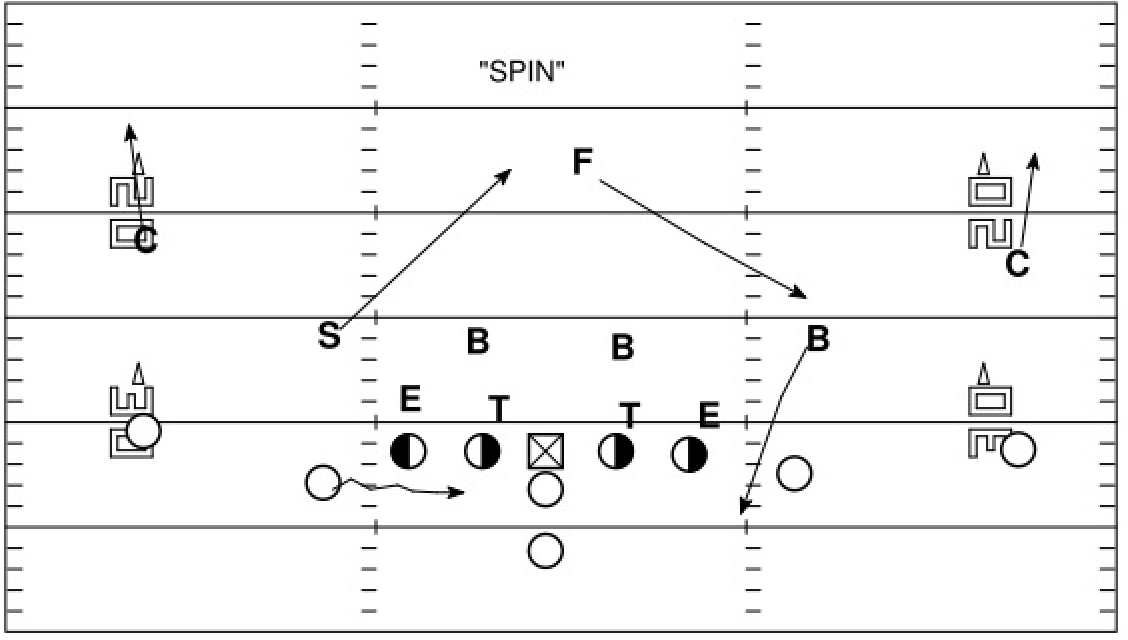
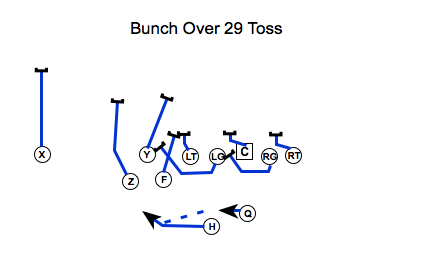
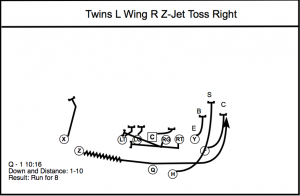
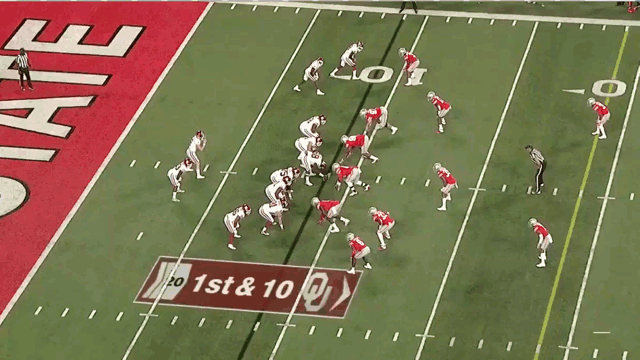
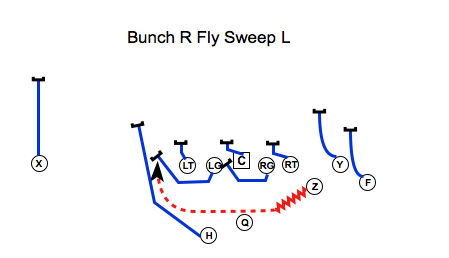
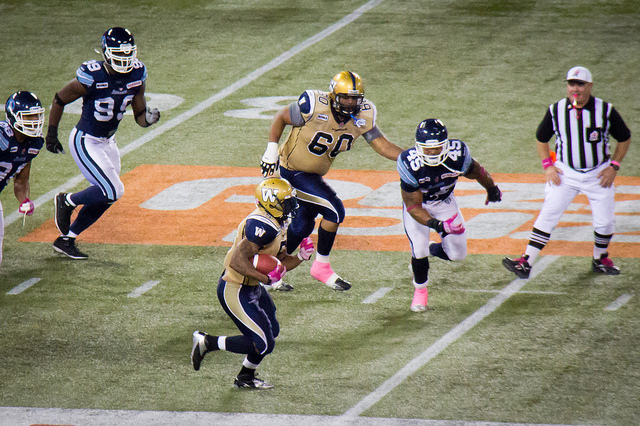
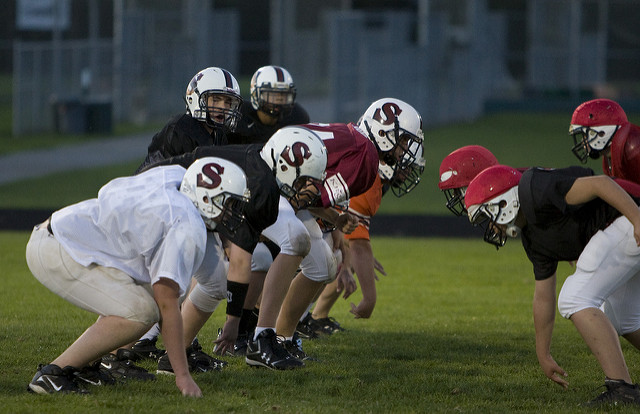
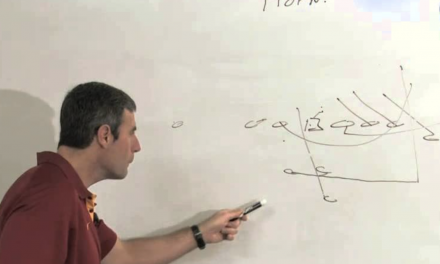
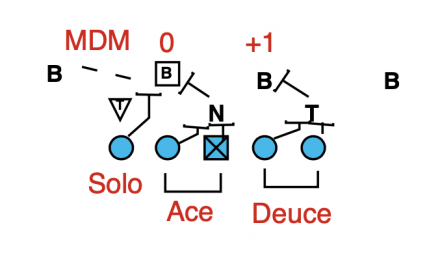
In the triple option where the QB is under center, could the jet sweep or fly sweep work? (such as with Georgia Tech or the service academies)
Yes, absolutely, many teams, Pro included are now running Jet and Fly Sweeps from under center. You can’t combine it so easily with a triple option, it would be more of a complimentary play call.
POST dont actually find out what youre speaking about these. this particular cant end up being the only real approach to think about this can them? It looks like you understand a whole lot around the theme, exactly why definitely not explore that far more? Allow it to be more attainable for you to everyone altogether different that would possibly not agree with people? Youd acquire far more folks behellond this specific when you just simply quit creating general transactions.
karen millen shoes http://www.karenemillen.com
Handy info
Russell And Bromley uk http://www.ukrussellandbromley.com